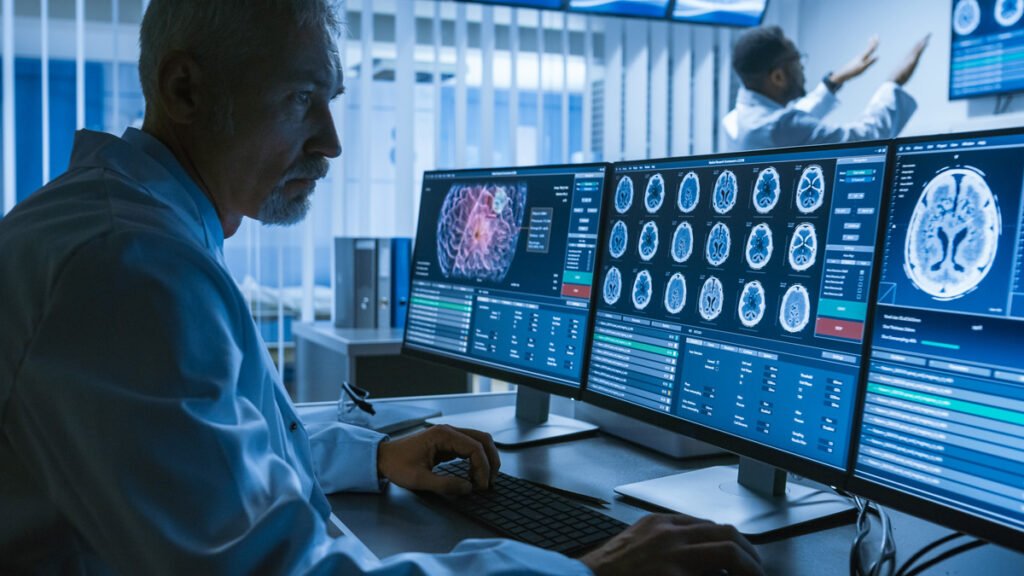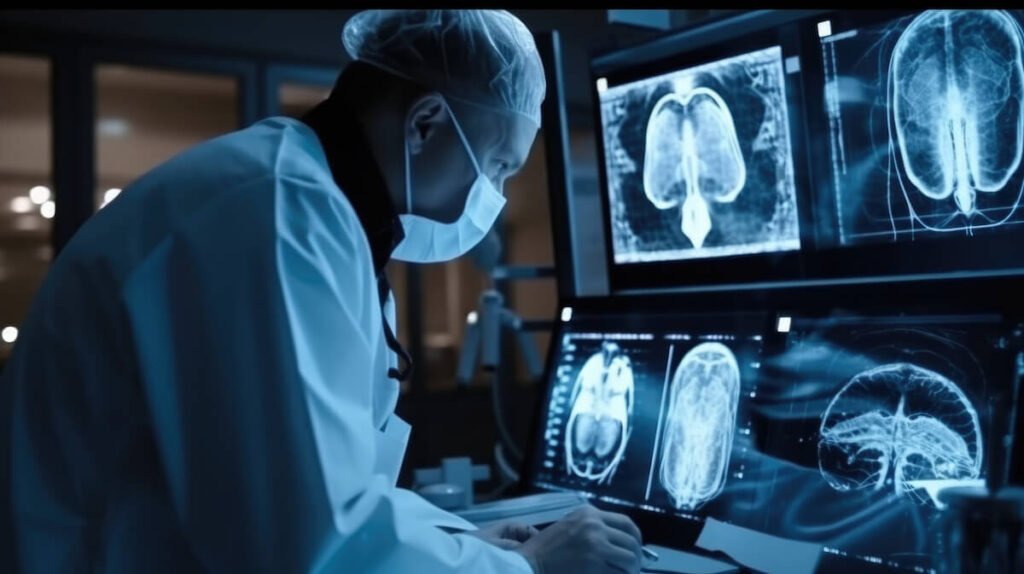
From Uncertainty to Precision
How Ataraxis is Using AI to Rethink Breast Cancer Diagnosis
Overview
In the world of oncology, one of the most pressing challenges isn’t just how we treat cancer—it’s how we understand it. Cancers are not monolithic. Some are aggressive and fast-moving, demanding immediate and intensive intervention. Others progress slowly and may never pose a serious threat during a patient’s lifetime. The difficulty lies in distinguishing between the two. And unfortunately, that ambiguity often leads to overtreatment, unnecessary chemotherapy, and significant physical and emotional tolls on patients.

An AI-First Approach to Precision Diagnosis
Founded in 2023 by Jan Witowski and Krzysztof Geras, Ataraxis has just emerged from stealth mode with an ambitious goal: to improve how we assess cancer risk using artificial intelligence. Their debut product, Ataraxis Breast, uses AI to determine whether a patient’s breast cancer is high-risk or low-risk—effectively helping doctors decide whether aggressive treatment like chemotherapy is truly necessary.
In a recent internal study, the company claims that Ataraxis Breast can deliver results up to 30% more accurately than many current standard-of-care diagnostic tools used in hospitals today. If those numbers hold up through peer review, this could represent a significant shift in clinical decision-making—one that moves us closer to a world where treatment is informed by deeper, faster, and more personalized insights.
As CEO Witowski puts it, “If you don’t benefit from chemotherapy, you want to avoid it. And we show in the study and more broadly that we’re able to avoid unnecessary chemotherapy in potentially tens of thousands more breast cancer patients every year.”
Despite advancements in lab-based diagnostics, most tests today come with their own limitations: they can take days or even weeks to produce results, and their accuracy often hinges on specific genetic mutations—making them inapplicable to large portions of the population.
This is the problem that Ataraxis, a New York-based startup, is trying to solve.
The Tech Behind the Promise
What sets Ataraxis apart is not just its bold claim, but the approach behind it. Witowski, a medical doctor, and Geras, an AI expert and assistant professor at NYU, brought together two often-siloed disciplines. They developed the AI foundation model Kestrel—with guidance from AI luminary Yann LeCun, Meta’s chief AI scientist and now an advisor to the company.
Rather than relying on a single algorithm, Ataraxis Breast aggregates predictions from multiple models to improve reliability and reduce bias. This ensemble technique helps smooth out errors and anomalies that can skew outcomes in traditional machine learning applications. They also employed self-supervised learning, a method that allows models to learn from large amounts of unlabeled data—a particularly powerful technique in healthcare, where labeled datasets can be scarce or expensive.
What’s striking is how efficiently they’ve accomplished this. By training on medical imaging data from over 4,500 breast cancer patients across various hospitals, Ataraxis was able to build a high-performing diagnostic model using orders of magnitude less data and compute than is typically required in similar ventures. As Witowski mentioned in an interview, “I still have over $2 million in the bank. We’ve been really capital efficient.”


Where Business Meets Impact
Ataraxis is backed by a $4 million seed round co-led by Giant Ventures and Obvious Ventures—investors known for supporting mission-driven companies. Rohan Ganesh, a partner at Obvious Ventures, captured the larger picture well: “AI gives healthcare systems the opportunity to tailor treatments more effectively than ever before. Ataraxis is at the forefront of this transformation.”
The company’s roadmap includes further validation studies, broader clinical trials, and expansion into other cancers. But what’s already clear is that this is more than just another medtech startup. It’s a case study in how foundational AI, when paired with deep clinical insight and operational discipline, can unlock new frontiers in patient care.
What This Means for Business Leaders
For founders and senior executives operating at the intersection of health, technology, and data, the implications here are significant. The future of medicine isn’t just about new drugs or devices—it’s about enabling smarter, more individualized decisions. Ataraxis isn’t just promising faster diagnosis; it’s delivering a paradigm shift in how we approach risk, resource allocation, and patient experience.
This also reflects a broader trend: domain-specific AI is moving from theory to practice. And as it does, it rewards those who can combine deep technical innovation with real-world understanding and capital discipline. Ataraxis’ story is a powerful example of that convergence.
So here’s the question worth exploring:
In a healthcare world shifting from generalized treatment to precision-first thinking, how are you preparing your business to enable—or compete with—this new wave of intelligence-driven innovation?



